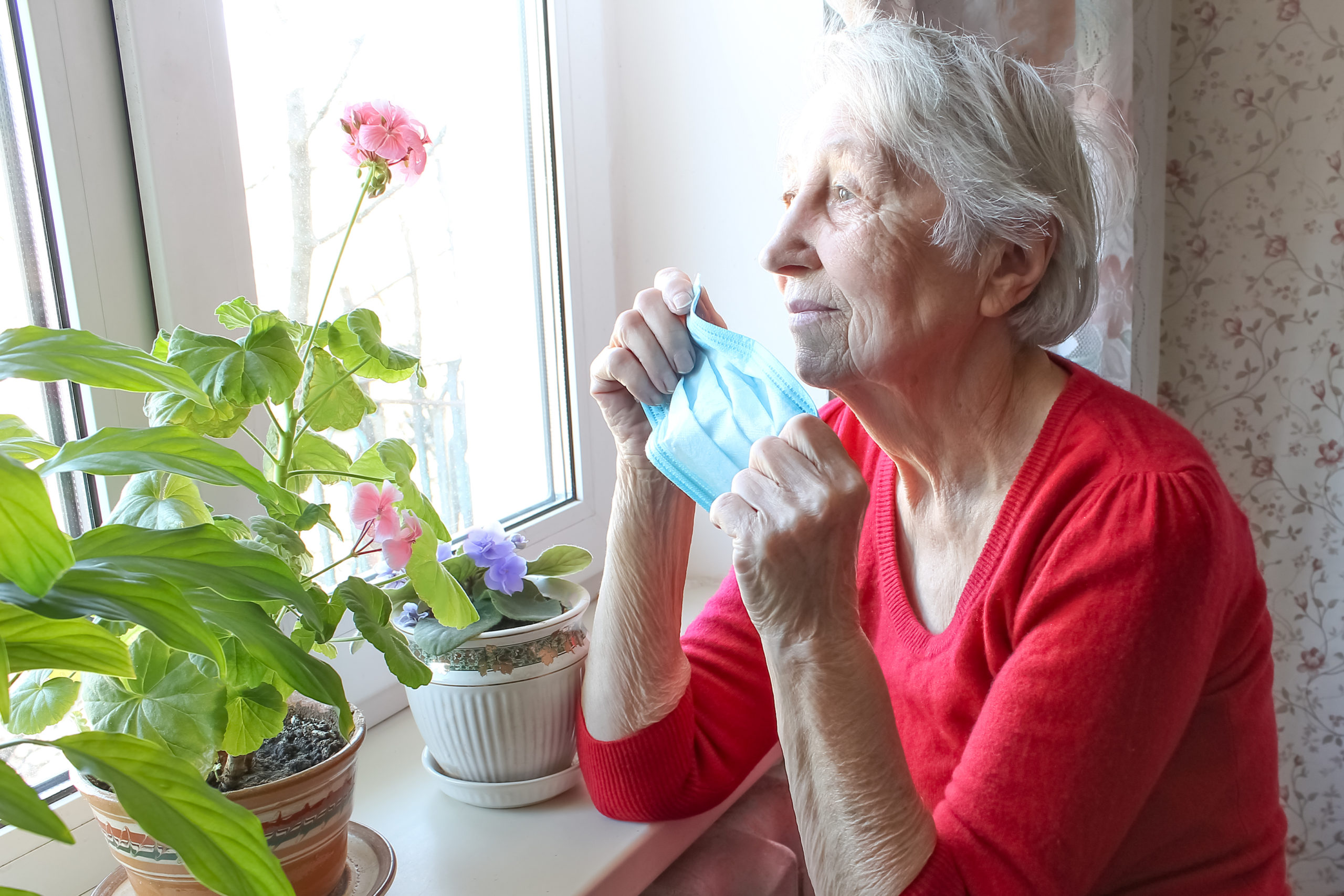Importance of timely care in dealing with seniors' chronic illness

Spoon Theory: Explaining Invisible Pain
According to the National Council on Aging, about 80 percent of older adults have at least one chronic disease and 68 percent have at least two with hypertension, arthritis, diabetes, and obesity affecting more seniors each year. For the next generation of seniors (55-64), 30 percent experience chronic physical pain and 25 percent struggle with depression.
Chronic and mental pain can be invisible from the outside so how can we make sure we are caring properly for things we can’t see.
The first step is keeping a close eye on changes in behavior to get a close understanding of whether a condition is worsening or depression is settling in. At CarePredict, we understand that tracking even minor changes in activity, sleeping patterns, self-care, and socialization can give us important insights to help provide needed support before things get worse or treatment becomes more difficult.
The second step is developing a deeper understanding of how chronic pain feels and operates so we can provide empathetic care that works for these seniors. When a friend asked Christine Miserandino over lunch what it was like living with Lupus, she developed a metaphor to explain what it feels like to have limited energy. This is how spoon theory was born.
Christine gathered up as many spoons as she could in the diner and handed all 12 of them to her friend. When you are healthy, you don’t have to spend as much mental effort planning out your energy for the day or worry about running out, but with illness and pain, energy becomes a limited resource and requires all of your attention. Christine asked her friend to go through a normal day, taking away a spoon for each activity. When you run out, all you can do is rest and hope for more tomorrow. Christine’s friend had used up half of her spoons before she even got to work after showering, getting dressed, making breakfast etc. By the end of the day, Christine’s friend had one spoon left for dinner. Cleaning up, spending time with friends, or walking the dog was out of the question.
After sharing this story, a community of ‘spoonies’ have gotten together to share their own stories of chronic illness often getting spoon tattoos or jewelry as a reminder of their struggle.
A post shared by CarePredict (@carepredictinc) on Jul 28, 2018 at 6:24pm PDT
Spoon theory isn’t perfect. Sometimes you have no spoons, sometimes they just disappear, sometimes the calculations make no sense at all. The goal is simply to provide a language to be understood and to understand each other in order to provide support. When designing senior living communities, it is important to try and keep people as active and social as possible while also providing space to recharge and making sure we aren’t asking for more spoons than we mean to by the end of the day.

Related Blogs






